In the decision of the Ministry of Culture and Information (now the Ministry of Culture, Sports and Tourism) to recognize it as a national scenic spot (in 1997) and the Prime Minister to rank it as a special national monument (in 2020), this natural beauty spot is called Ganh Da Dia. However, the locals have always called it Ganh Da Dia.
The main area of Ganh Da Dia scenic spot has an area of about 2,700 m², the basalt columns here form two protruding points into the sea. The first protruding point is located in the North, standing out with inclined, curved stone columns. The second point is located in the South with mostly vertical stone columns and forming steps from low to high.
Tourists explore Ganh Da Dia. |
According to Phu Yen Museum, the basalt in this area was formed by volcanic eruptions in the area millions of years ago. When the lava cooled, it solidified and cracked into relatively uniform prismatic columns. The columns located near the sea were then impacted by waves, so they continued to crack horizontally, like plates stacked on top of each other. From a distance, Ganh Da Dia looks like a giant honeycomb on the East Sea coast. In some provinces in the Central Highlands, there are currently a few points where columnar basalt is exposed, but they do not have the unique beauty of the Ganh Da Dia area.
What appears before the eyes of tourists are layers of black stone pillars silently floating in the white waves of the peaceful blue sea. Between the hexagonal stone blocks arranged in three levels are green hollows with algae and many strange and colorful fish species. Many people say that when taking photos next to these black stone pillars, they feel like they stand out! Professional photographers are very interested in the strange color changes of the stone stacks here depending on the sunlight of the day.
According to local legend, these rocks were originally a treasure trove of gold, silver, and jewels. One night, a bad guy set fire to the storehouse door with the intention of stealing the treasure, but halfway through, a tornado swept them away and made a terrible explosion. The next morning, people discovered that all the treasures had turned into rocks. Another legend says that this place has a poetic landscape, so the gods descended to earth, bringing golden cups and jade plates to hold a banquet. Then, because they were so engrossed in having fun, they forgot the stacks of bowls and plates, which over time turned into stone plates stacked tightly on top of each other….
Fishermen's basket boat at Da Dia Reef. |
Next to the south of the scenic spot is the Da Dia mausoleum, which worships the Nam Hai god (aka Whale) of the local fishermen, built around the mid-19th century under the reign of King Tu Duc. Next to it are flat beaches with smooth golden sand. Looking out, there are undulating docks for fishermen's boats in the area.
Ganh Da Dia is about 40 km north of Tuy Hoa city. Visitors can follow National Highway 1 to Tuy An Bac commune, then turn left past the ancient Mang Lang church, then go straight down to the ganh. Or they can go to the ganh along the peaceful coastal road in the peaceful and prosperous village and rice fields.
Dao Duc Tuan
Source: https://baodaklak.vn/du-lich/202507/danh-thang-doc-la-ben-bo-song-32a0f09/


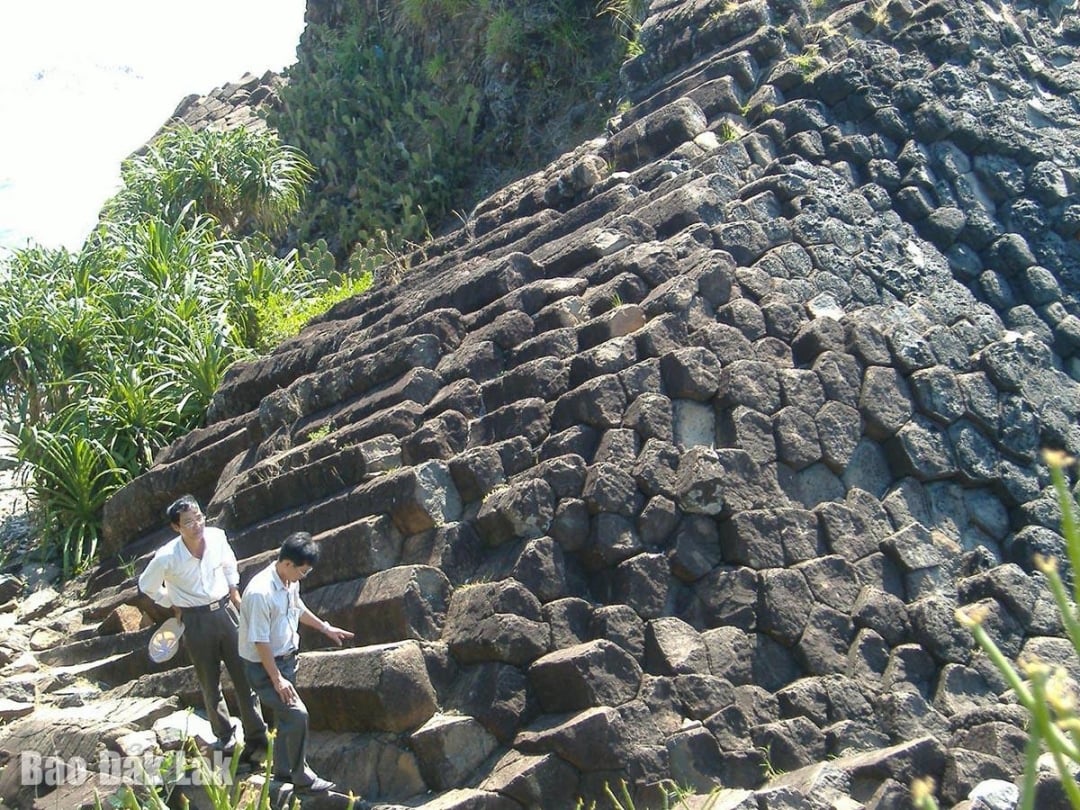
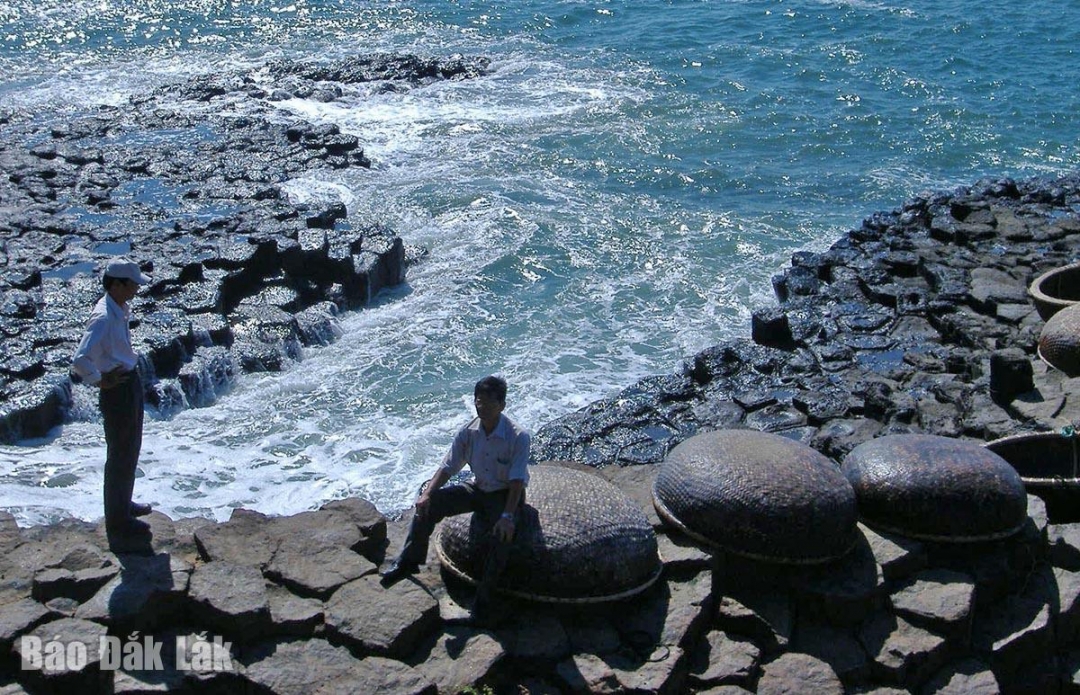
![[Photo] Dan Mountain Ginseng, a precious gift from nature to Kinh Bac land](/_next/image?url=https%3A%2F%2Fvphoto.vietnam.vn%2Fthumb%2F1200x675%2Fvietnam%2Fresource%2FIMAGE%2F2025%2F11%2F30%2F1764493588163_ndo_br_anh-longform-jpg.webp&w=3840&q=75)












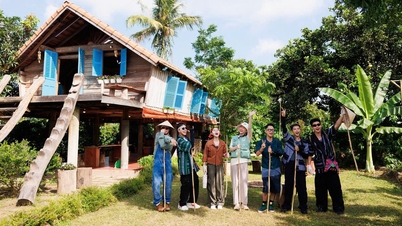



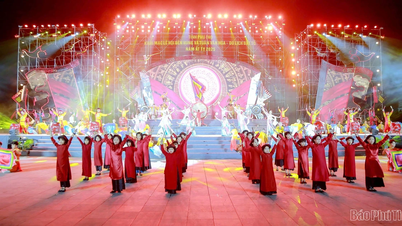

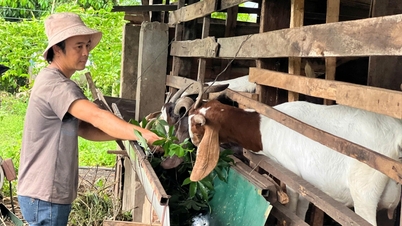














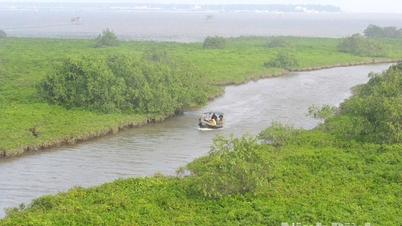

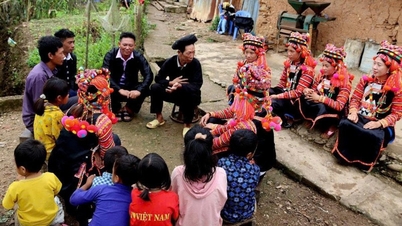




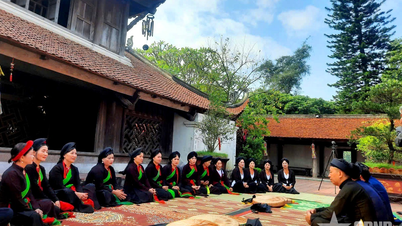







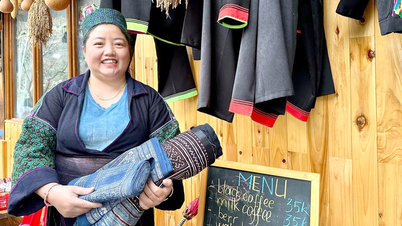













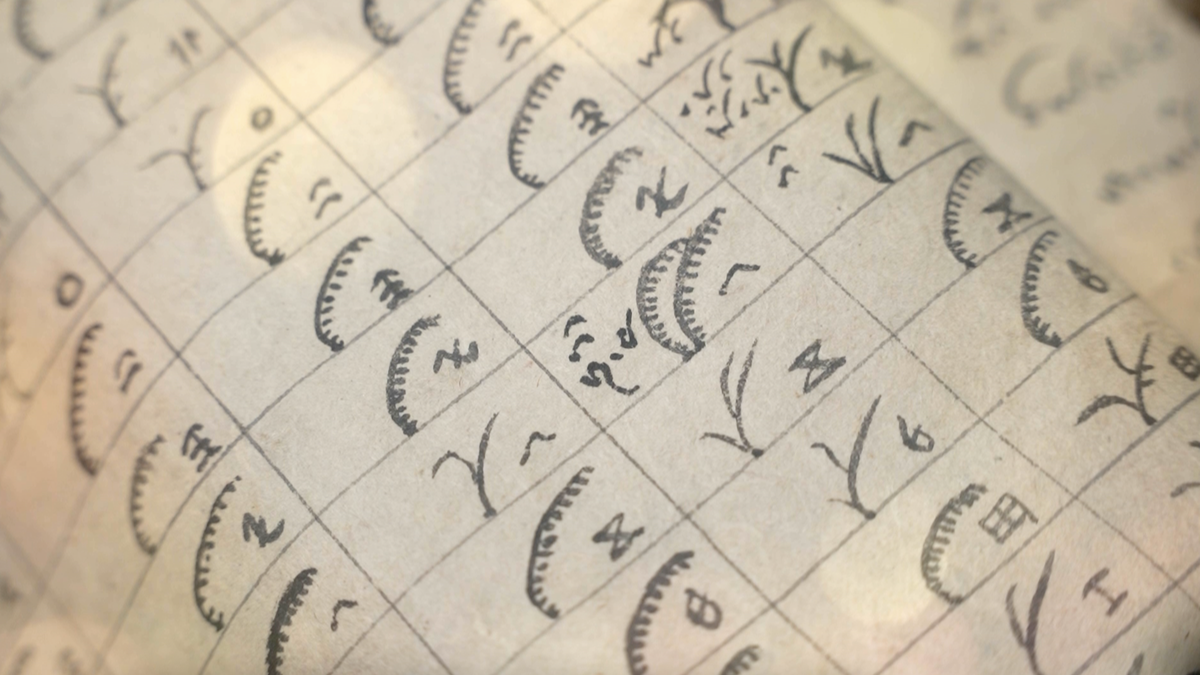
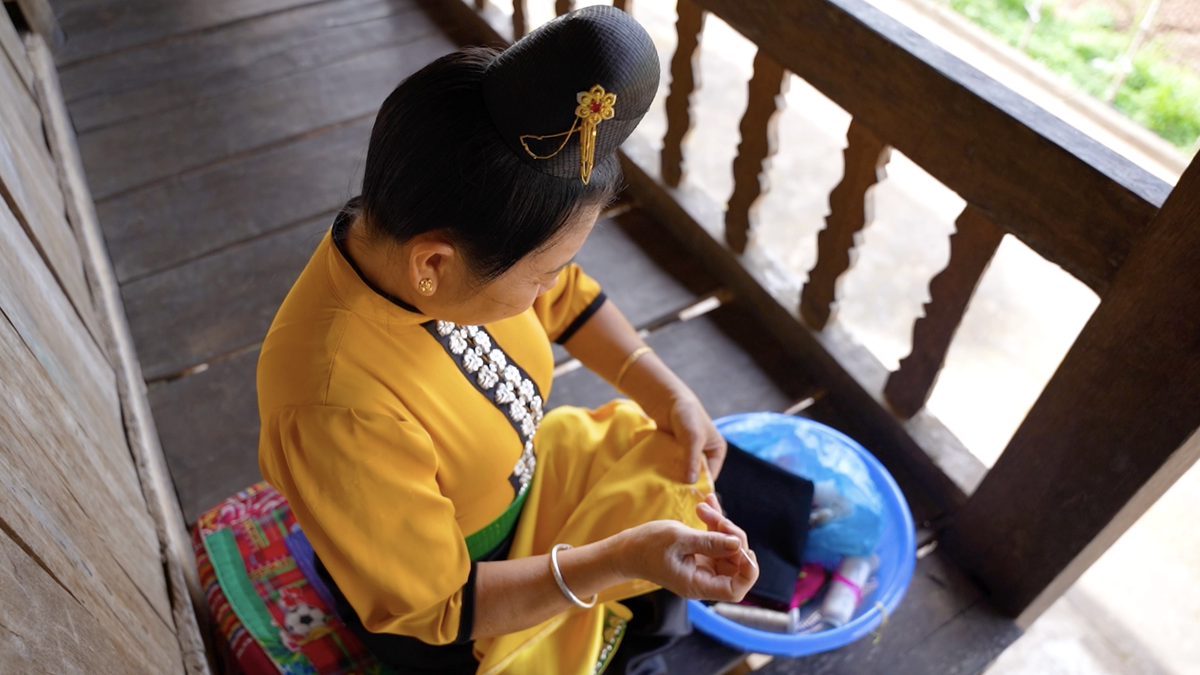


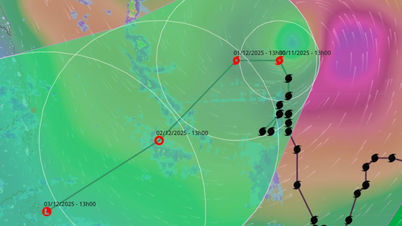




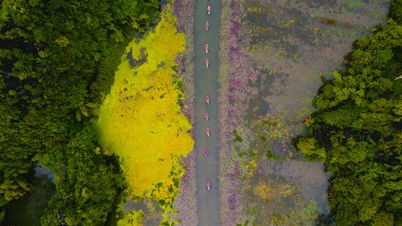



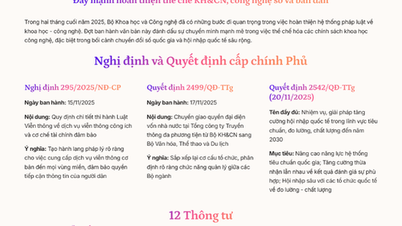




























Comment (0)